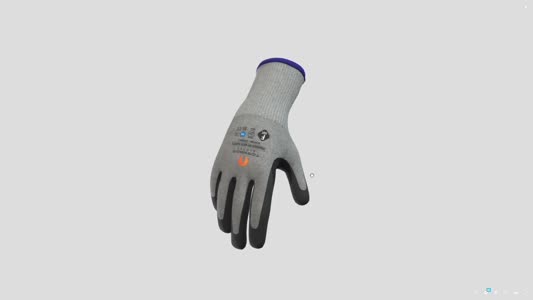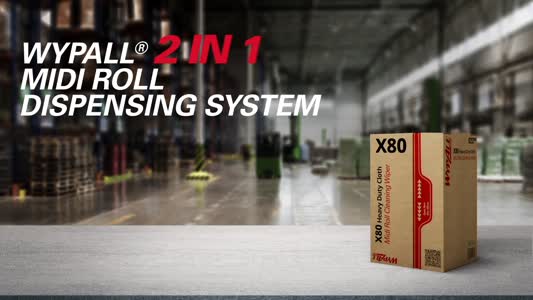
 |
Mark Sennett
Managing Editor |
 |
Kelly Rose
Editor |
| Home> | Industry Update | >Company News | >The impact of industrial automation on employee safety |
| Home> | Plant & Machinery | >General Plant & Machinery | >The impact of industrial automation on employee safety |
The impact of industrial automation on employee safety
25 January 2023
THE TERM “industrial automation” refers to the use of autonomous devices to monitor and control industrial operations automatically, with little or no human intervention.

Today, in the era of the Fourth Industrial Revolution or Industry 4.0, manufacturing and delivery of goods are both led by advanced robotics and software-based technology. These methods enable not only faster, but also safer production.
From a production standpoint, employee safety is important to stay competitive — human errors and machine failures can lead to expensive workplace injuries and productivity loss. The US Bureau of Labor Statistics reports that, in the goods-producing industry alone, incidence rates for nonfatal occupational injuries involving days away from work are as high as 113.8 per 10,000 full-time workers.
However, industrial automation is improving employee safety like never before, and here’s how:
Automation reduces workplace injuries
Occupational injuries and illnesses have an economic impact that can be split into direct and indirect costs.
According to OSHA, direct costs include indemnifications, medical expenses, and costs of legal services, while indirect costs refer to productivity loss, accident investigation, repairs of damaged equipment, implementation of corrective measures, etc.
The National Safety Council (NSC) estimates that the total cost of work injuries was $163.9 billion in 2020. This number includes medical and administrative expenses, along with time and productivity losses.
There are studies that show how exactly does industrial automation reduce the risk of workplace injuries. For example, researchers from the University of Toronto, the University of Berlin, and the University of Pittsburgh have recently concluded that robots reduced work-related annual injury rates by approximately 1.2 cases per 100 workers.
This is because robots often exempt humans from performing operations that can affect their health.
A 2019 report published in the Assembly magazine shows that out of 114,327 cases of workplace injuries, 40% are related to contact with objects, 24% are due to overexertion, 19% are linked to falls or slips, 8% are due to repetitive motion, and 6% involve harmful substances.
However, advanced automation — such as collaborative robots — can take over dangerous and repetitive tasks, working hand in hand with minimally trained workers, who can control them through simple human-machine interfaces.
Automation enhances safety protocols
Safety protocols are basically communication protocols that focus on the safe operation of machinery.
Automated machines and devices can be connected to Ethernet-based industrial protocols or other communication networks, to exchange relevant data and specialised commands for accident prevention.
They can identify hazardous processes, keep track of incidents, and monitor equipment, while automation software collects and stores safety data in the cloud.
This data can be easily analyzed using various data visualization methods, to update safety protocols as needed — without interrupting normal operations.
Automation opens new paths to deal with emergencies
Supervisory control and data acquisition platforms are used for continuously monitoring the equipment’s performance and safety data collection. These processes, along with machine learning and predictive analytics technology, enable a faster response to emergencies.
Automated systems can detect a malfunction in any piece of equipment before humans do, and alert them about it before the situation escalates. They can also shut the machine down automatically to avoid further damage to the equipment and to keep the workers safe.
Connected worker platforms improve safety
Connected worker platforms allow the entire manufacturing workforce to keep in touch with each other — even if they are not in the same physical space — to protect each other from preventable accidents.
With connected worker platforms, employees can instantly capture and share the latest safety data with the rest of the plant. Doing this updates production processes to make them safer and avoid unexpected, potentially dangerous situations.
Connected worker platforms also provide quick access to work instruction documentation, training materials, and other information for guided production. Easy document access improves employee accuracy and competency, and prevents human errors that lead to accidents.
Conclusion
Industrial automation is here to stay — not only does it improve safety, it also boosts productivity and product quality in the factory. Automation has completely revolutionized industrial work. According to Forbes, front-line workers are being “augmented by technology”, and will be “better set than ever before to make smarter decisions in their day-to-day work”.
For more information, visit www.l2l.com- No related articles listed























